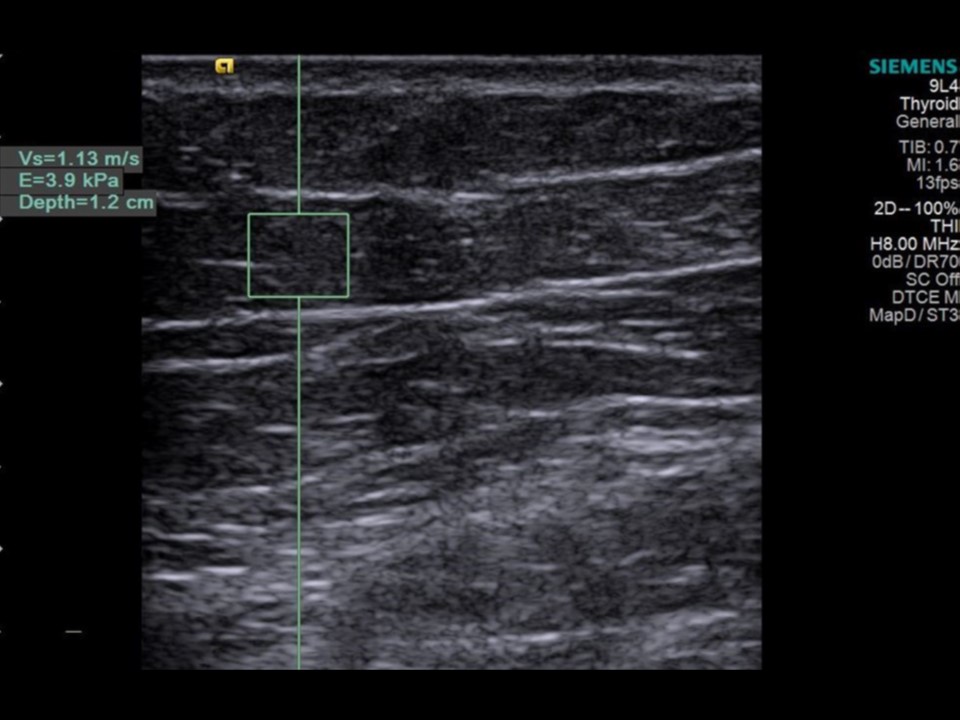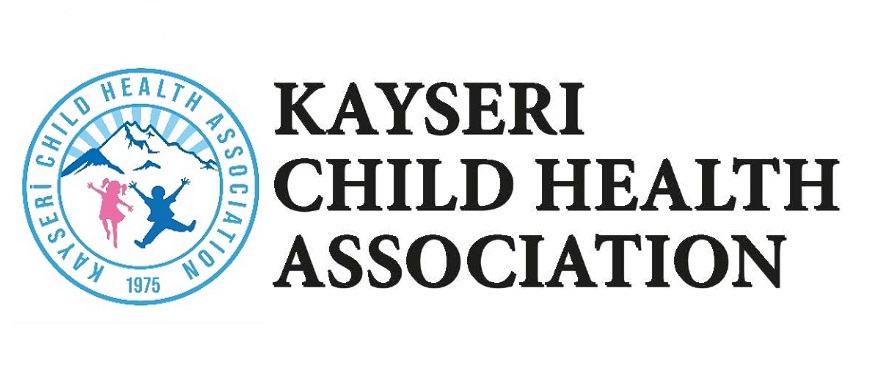Can Point Shear Wave Elastography be Used as an Indicator of Metabolic Complications in Overweight Children and Adolescents? Evaluation of Subcutaneous Adipose Tissue
DOI:
https://doi.org/10.51271/jpea-2022-168Keywords:
Obesity, adipose tissue, childhood, shear wave elastographyAbstract
This study aims to search the association of obesity, metabolic parameters, and abdominal subcutaneous white adipose tissue (scWAT) stiffness in children and adolescents using ultrasound point shear wave elastography (p-SWE). One hundred and forty overweight or obese children referred to as overweight were included in the study group. Thirty-two lean children, referred to as leans, were included in the control group. In all individuals, scWAT shear wave speed (SWS) was measured with p-SWE. ScWAT stiffness was compared between the two groups. The association of anthropometric, metabolic factors and scWAT stiffness is determined. Weight, body mass index, body mass index-standard deviation score, systolic blood pressure, diastolic blood pressure, alanine aminotransferase, fasting insulin were significantly higher in the overweight group (p<0,05). ScWAT SWS was significantly different between the groups (p=0.006) The median value of scWAT SWS was 1,5 m/s (range; 0.9-3.8), 1.23 m/s (range; 0.7-3.1) for leans and overweight, respectively. In leans, no significant difference was found between boys and girls for scWAT SWS (p=0.094). In overweight, a significant difference was found for scWAT SWS between boys and girls (p=0.022). The scWAT stiffness is lower in overweight than leans. Gender has a pivotal role in scWAT stiffness. If supported with future long-time follow-up studies, p-SWE may be compatible with assessing subcutaneous adipose tissue changes related to obesity and metabolic complications in childhood and adolescence.

Downloads
Published
How to Cite
Issue
Section
License
Copyright (c) 2022 The Journal of Pediatric Academy

This work is licensed under a Creative Commons Attribution-NonCommercial-NoDerivatives 4.0 International License.








